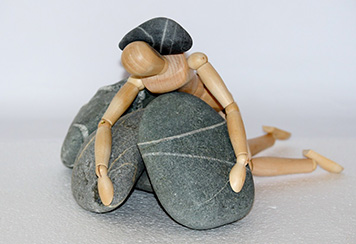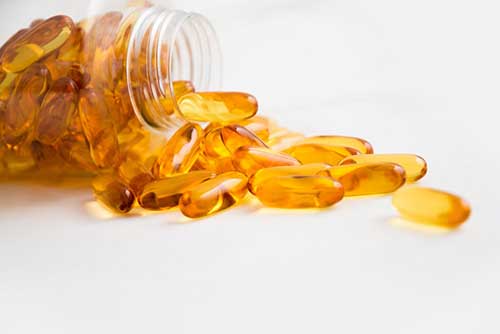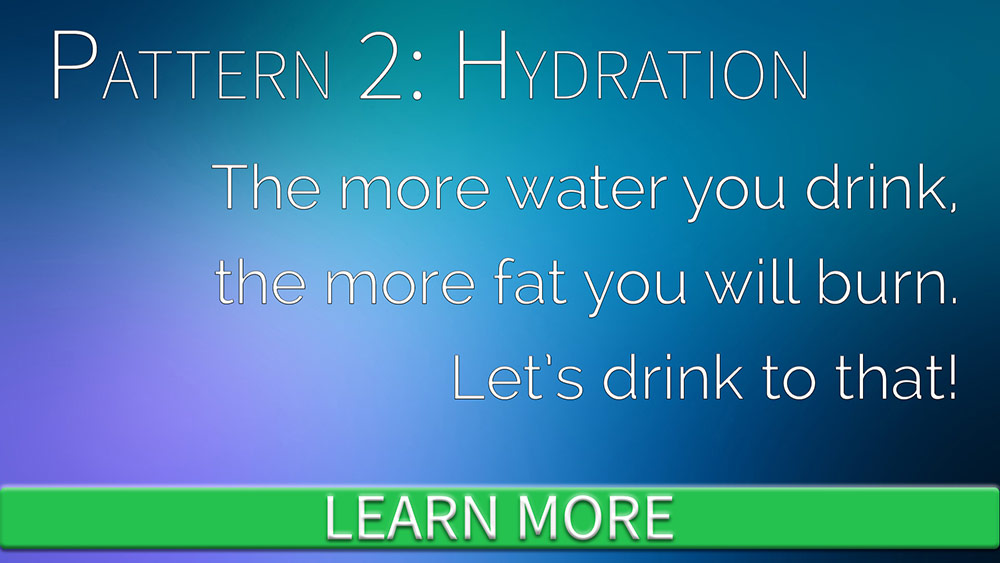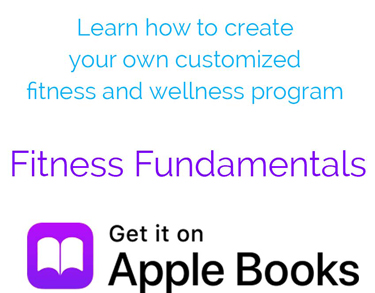The 8 Patterns of Fitness
In this series, I’m going to share some thoughts about the eight patterns of Integre8t Fitness. With these fundamentals in place, you can expect to see enhanced results from your mobile personal training plan. These concepts apply to all fitness and wellness programs. They are the patterns of your lifestyle. Within eight weeks, you can begin to make infinite progress.
#8Patterns1Lifestyle
#8WeeksInfiniteProgress
The second pattern is hydration. You can survive only a few days without water. Most people generally take drinking for granted, because access to clean water is (supposedly) ubiquitous. While consuming a wide range and vast amount of beverages that contain water, many people presume they have adequate hydration. In fact, many people no longer know how to differentiate thirst from hunger. But there are some strategies to consider here.
Water is essential for practically every process in your body. The largest part of you is water. It’s rather strange to think of yourself as a big container holding little blops of water together, but that’s what we are on a fundamental level. The systems, organs, cells and fluids in your body require a steady stream of water.
Caloric beverages
One of the often overlooked sources of excess calories in the diet is liquid foods. If you drink something, and if it isn’t water, pause before you have it. It will have other ingredients, many of which have may have no nutritional value, but which affect your metabolism nonetheless. This is true of many drinks, pourable yogurt products, alcohol, sauces, marinades, and salad dressings.
“Sports” beverages, “health” beverages, sodas, flavored waters, juice, juice beverages (whatever that means), coffees, and teas that are already prepared when you buy them are often laden with sugar, artificial sweeteners and/or caffeine. You should not count it toward a healthful pattern of hydration. Do they contain water? Yes. But their other ingredients are not helpful. Sweeteners cause fat storage and undermine the microflora in your bowels. Caffeine is a diuretic, so drinking it can actually dehydrate you. The same is true of alcohol.
Symptoms of dehydration
There are many symptoms of dehydration, because a lack of water impacts everything in your body. Are you hungry, despite eating recently? Do you have a headache? Do you feel dull or sleepy? Are you having trouble sleeping? Is your spit too thick? Is your nose, mouth and/or throat scratchy and dry? Are you grouchy? Do your eyes feel sticky? Is your skin ashy? Are your lips puckered, deflated, or chapped? Are you lethargic? Is your urine dark and/or smelly? Are you constipated? These are all symptoms of dehydration. If you are experiencing any of these, take a moment right now to go drink a glass of water. Check back with yourself in five minutes. Do you feel any better? It never hurts to try.
Improving hydration
If you want to drink more water, but can’t seem to commit to it, set small milestones. As with everything in fitness, your goal should ultimately be to adopt a healthier lifestyle. This takes time. Gradual and cumulative substitution, as well as journaling are very helpful. Consider alarms and reminders, if you don’t already have so many that you ignore them.
On day one, consider your beverage choices for the day. At one of those points where you would drink something else, have a glass of water. Just that new addition for the day (on top of any servings of water you are already in the habit of drinking). The next day accumulate another substitution. Now you have two. And on and on, until you have eliminated most/all the additives and achieved consistent hydration.
Benefits
When you properly hydrate, your skin will feel more resilient. Your lips will be cushiony, and the skin will not be tight or cracked. You’ll have more energy, strength and endurance. Your mood and concentration could improve. Joint pain, sticky eyes and dry mouth may decrease. Your bathroom breaks will be more pleasant (for everyone). When you drink enough water, you will experience better digestion, have faster results losing fat and/or adding muscle, and enjoy an improved sense of well being.
4 Sessions per Month
Save $100- Free Evaluation
- $100 per session
- 1 session/week
8 Sessions per Month
Save $140- Free Evaluation
- $95 per session
- 2 sessions/week
12 Sessions per Month
Save $220- Free Evaluation
- $90 per session
- 3 sessions/week
Recent Updates

Glycemic Index vs Glycemic Load
This score indicates how damaging a food will be to your blood sugar levels. Foods that score 0-55 are rated low impact (and thus presumed to be better for diabetics and those looking to maintain healthy weight and/or body fat ratios), but this is not the whole picture.

Caffeine: 14 better options to ease SAD
Nearly a year ago to the dot, I wrote an article about Seasonal Affective Disorder (SAD), but there I focused on the importance of getting access to a full range spectrum of light. Here I’d like to focus on caffeine and sleep’s effect on SAD. I’ll also offer suggestions for what to do to help you feel better on the dark days.

Avoid fish oil supplements
I don’t generally promote supplements. Most of them play to specific, isolated points of medical research to serve as a magic pill. One remarkable example of this is fish oil.



